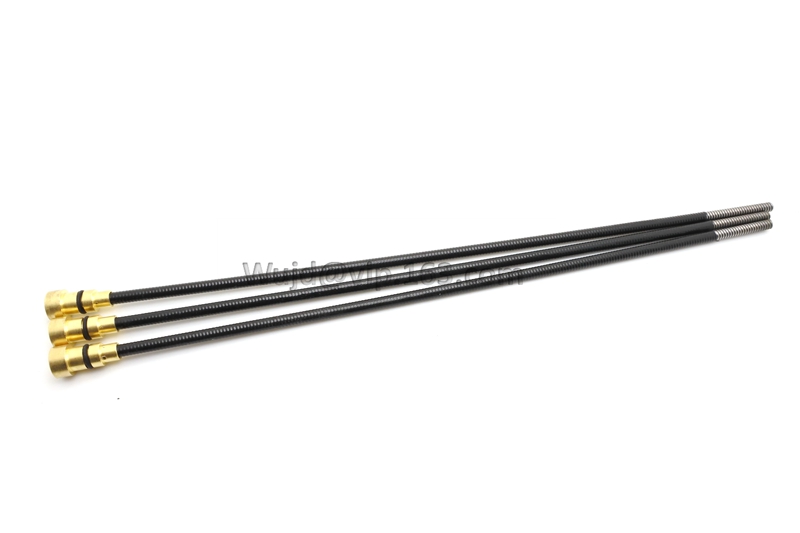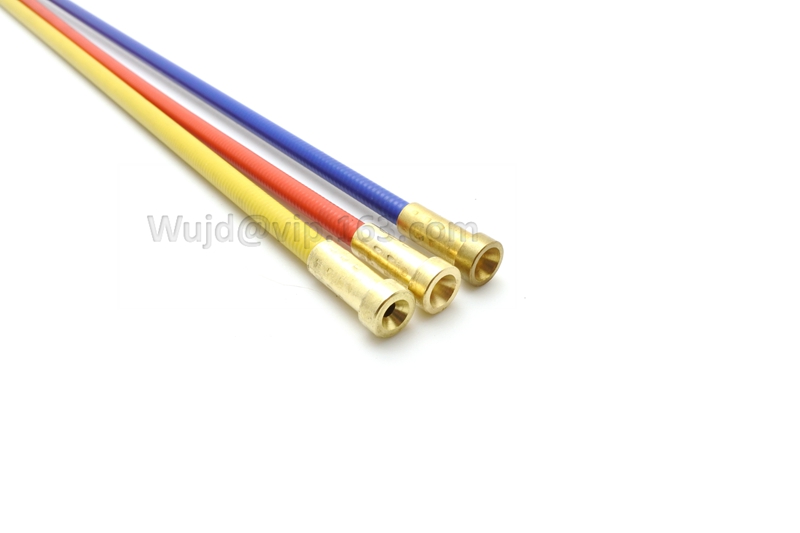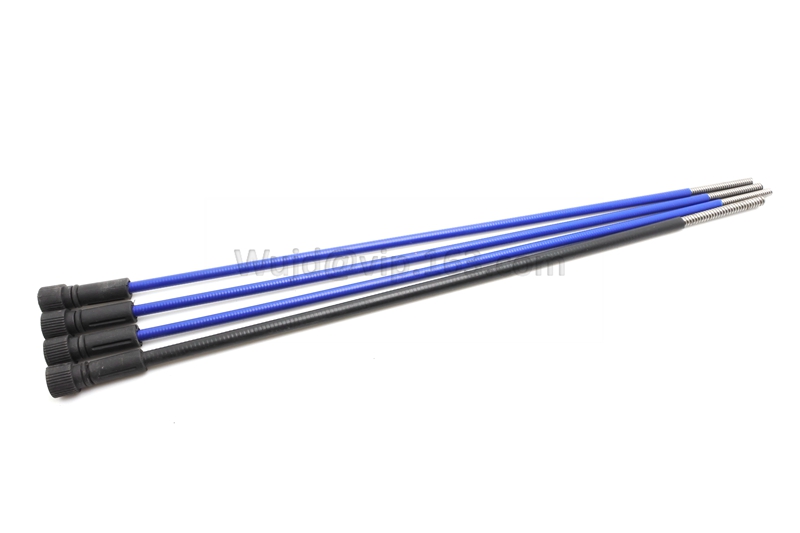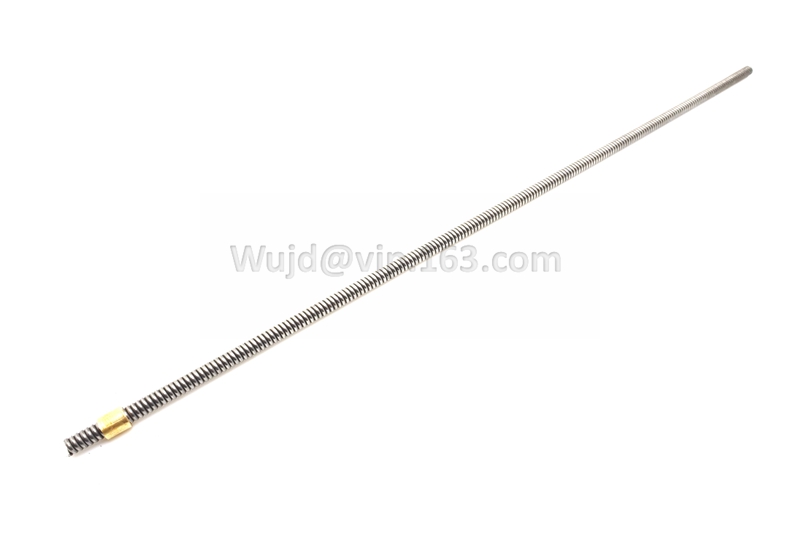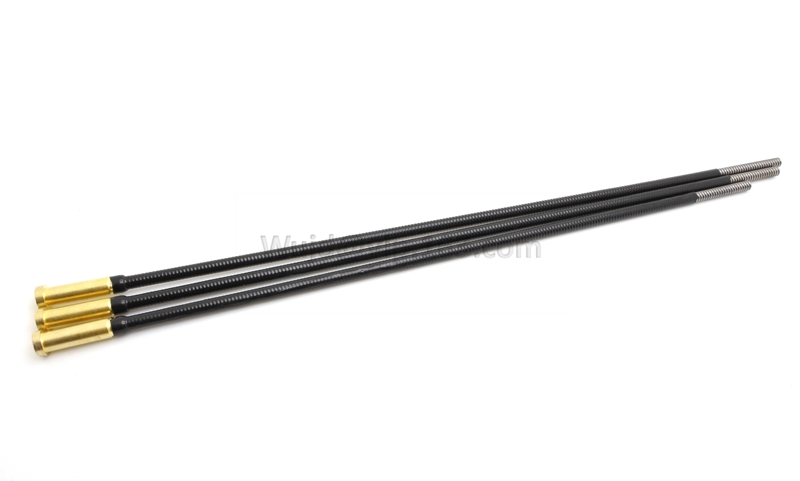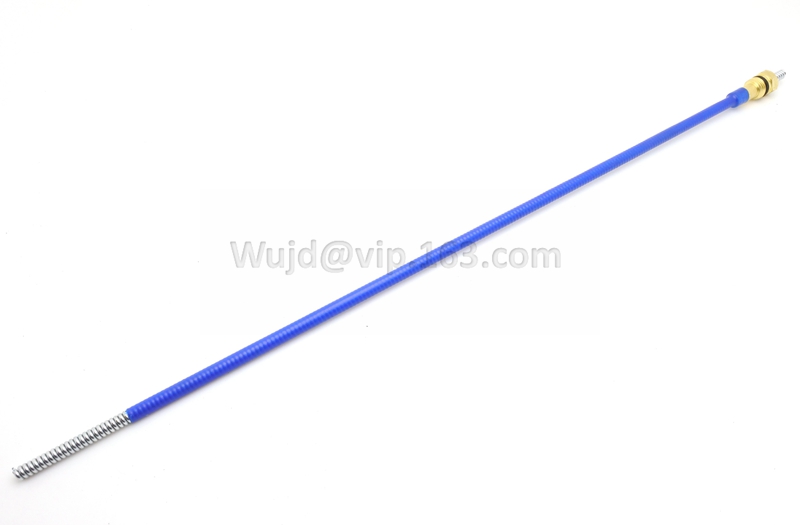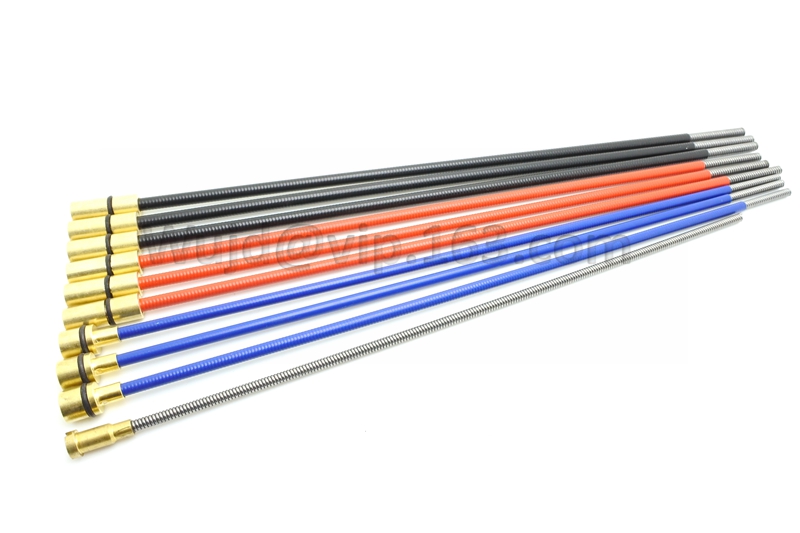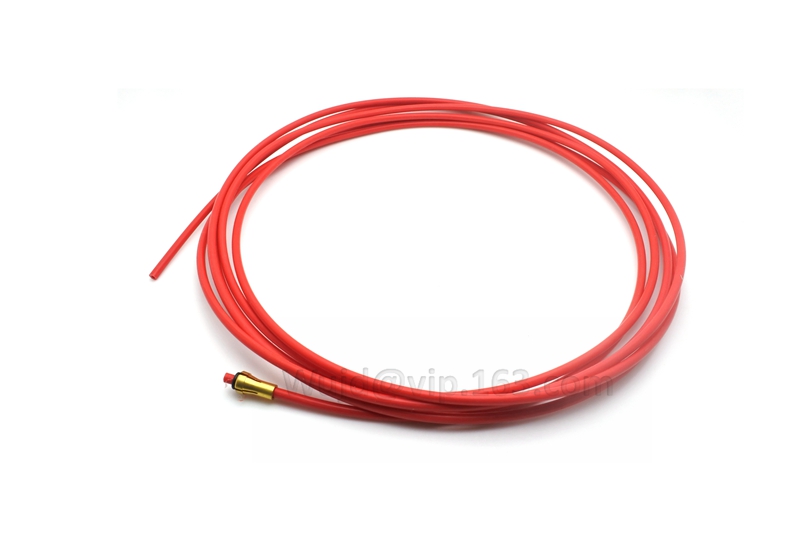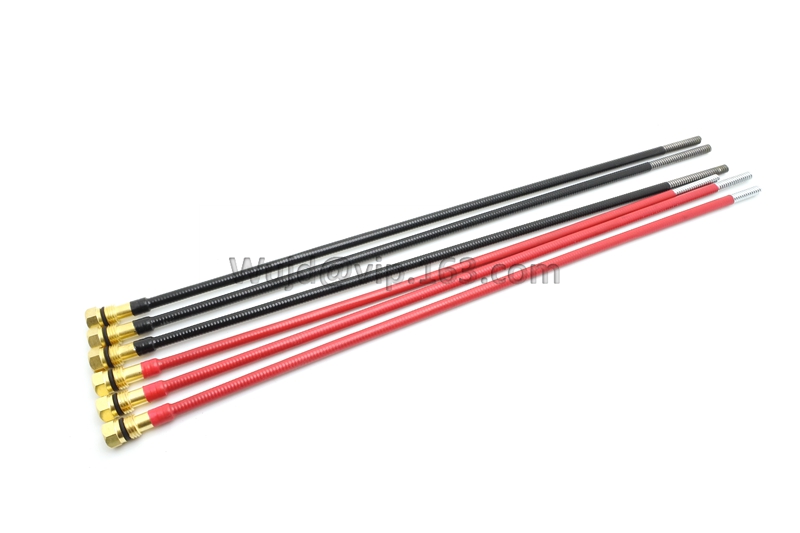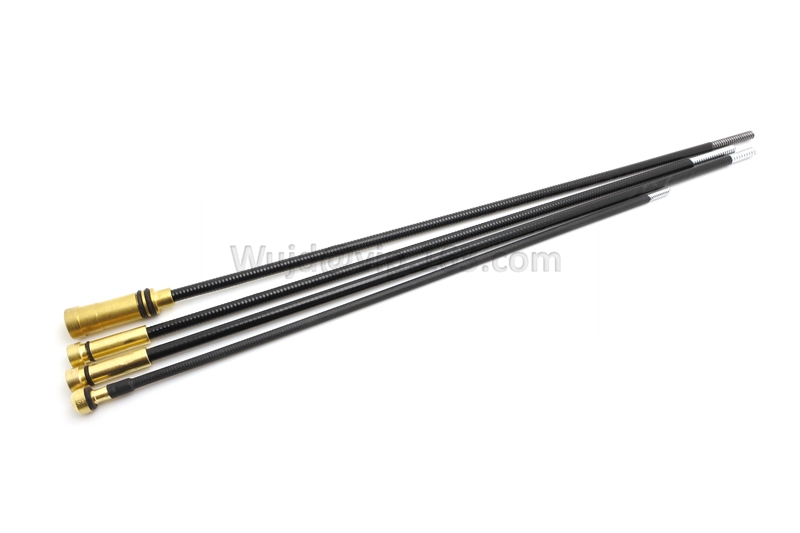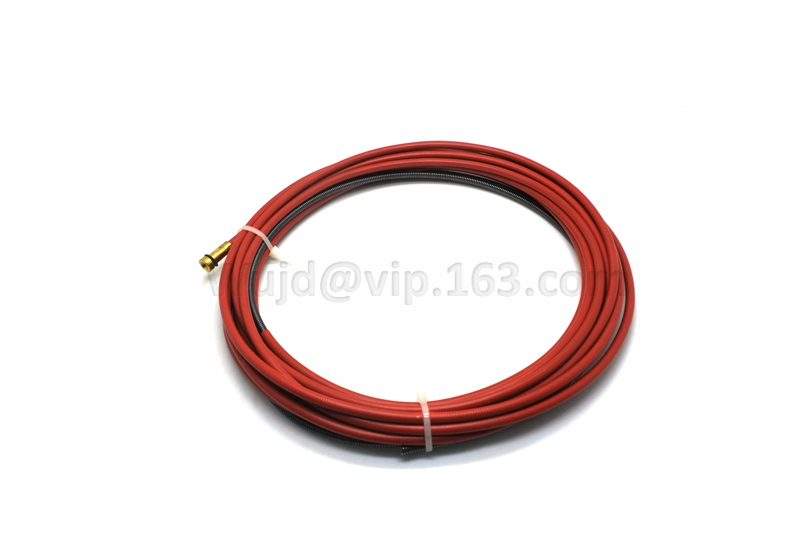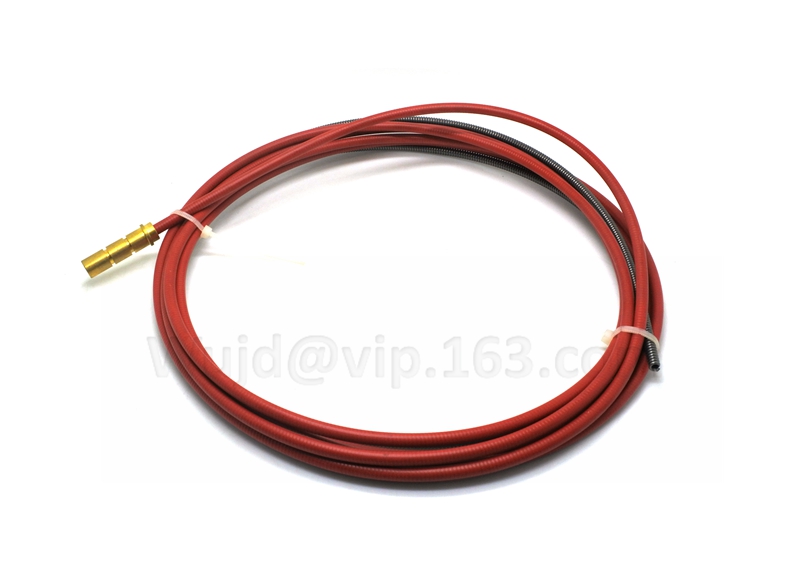In MIG welding, a steady and uninterrupted wire feed is crucial for achieving precise and consistent welds. The MIG torch liner, a vital component in the welding torch assembly, plays a significant role in facilitating smooth wire feeding and minimizing friction. In this product classification introduction, we will explore the importance of MIG torch liners in welding operations and their impact on the overall welding performance.
A MIG torch liner, also known as a welding torch liner or wire liner, is a flexible tube that guides the welding wire from the wire feeder to the welding gun. It acts as a conduit, ensuring proper alignment and smooth movement of the wire, while also providing protection against kinking, tangling, and excessive friction. The liner's construction and quality directly influence the wire feeding efficiency and the overall welding process.
MIG torch liners are typically made from materials such as steel, nylon, or Teflon (PTFE), chosen for their durability, flexibility, and low friction properties. The liner is selected based on the diameter and type of welding wire being used. It is essential to choose a liner that is compatible with the specific wire size and material to ensure optimal wire feeding performance.
The primary function of a MIG torch liner is to guide the welding wire from the wire feeder through the torch assembly to the welding gun. It helps maintain a consistent and uninterrupted wire feed, which is crucial for achieving smooth and uniform welds. The liner's smooth interior surface reduces friction and resistance, allowing the wire to move freely and preventing wire feed issues that can lead to welding defects.
MIG torch liners are available in various lengths to accommodate different torch configurations and welding applications. They can be easily replaced when worn or damaged, ensuring continuous and reliable wire feeding. Regular inspection and maintenance of the liner are essential to prevent blockages, kinks, or excessive wear that can hinder wire feeding performance.




